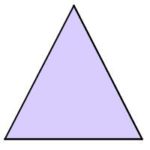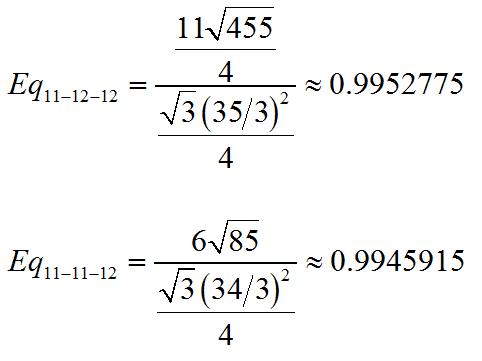 Craig Kaplan’s Math Encounters talk, “Revolution and Evolution in Math and Design,” was a whirlwind tour of the design space that lies at the intersection of computer science, mathematics, technology, and art. Kaplan, a professor of computer science at Waterloo university, is an innovative software engineer, an accomplished artist, and a passionate and engaging speaker. His talk wove together the mathematical and cultural history of Islamic art, tilings of the plane, non-Euclidean geometries, and the mathematics of aesthetics.
Craig Kaplan’s Math Encounters talk, “Revolution and Evolution in Math and Design,” was a whirlwind tour of the design space that lies at the intersection of computer science, mathematics, technology, and art. Kaplan, a professor of computer science at Waterloo university, is an innovative software engineer, an accomplished artist, and a passionate and engaging speaker. His talk wove together the mathematical and cultural history of Islamic art, tilings of the plane, non-Euclidean geometries, and the mathematics of aesthetics.
The Math Encounters series, sponsored by the Museum of Mathematics, strives to bring mathematics to the public through dynamic speakers, meaningful topics, and engaging interactivity. In that spirit, after the talk Kaplan and George Hart led a fun, collaborative workshop where the audience teamed up to create a work of art themselves!
Using some tape, some scissors, and some clever mathematics, each group turned their table into a “tile” using the techniques Kaplan covered in his talk.
And as each group finished their “tiles”, we started putting them all together!
It was a fun and fitting end to an inspiring and mind-opening evening! You can learn more about Craig Kaplan and his work at his webpage.







